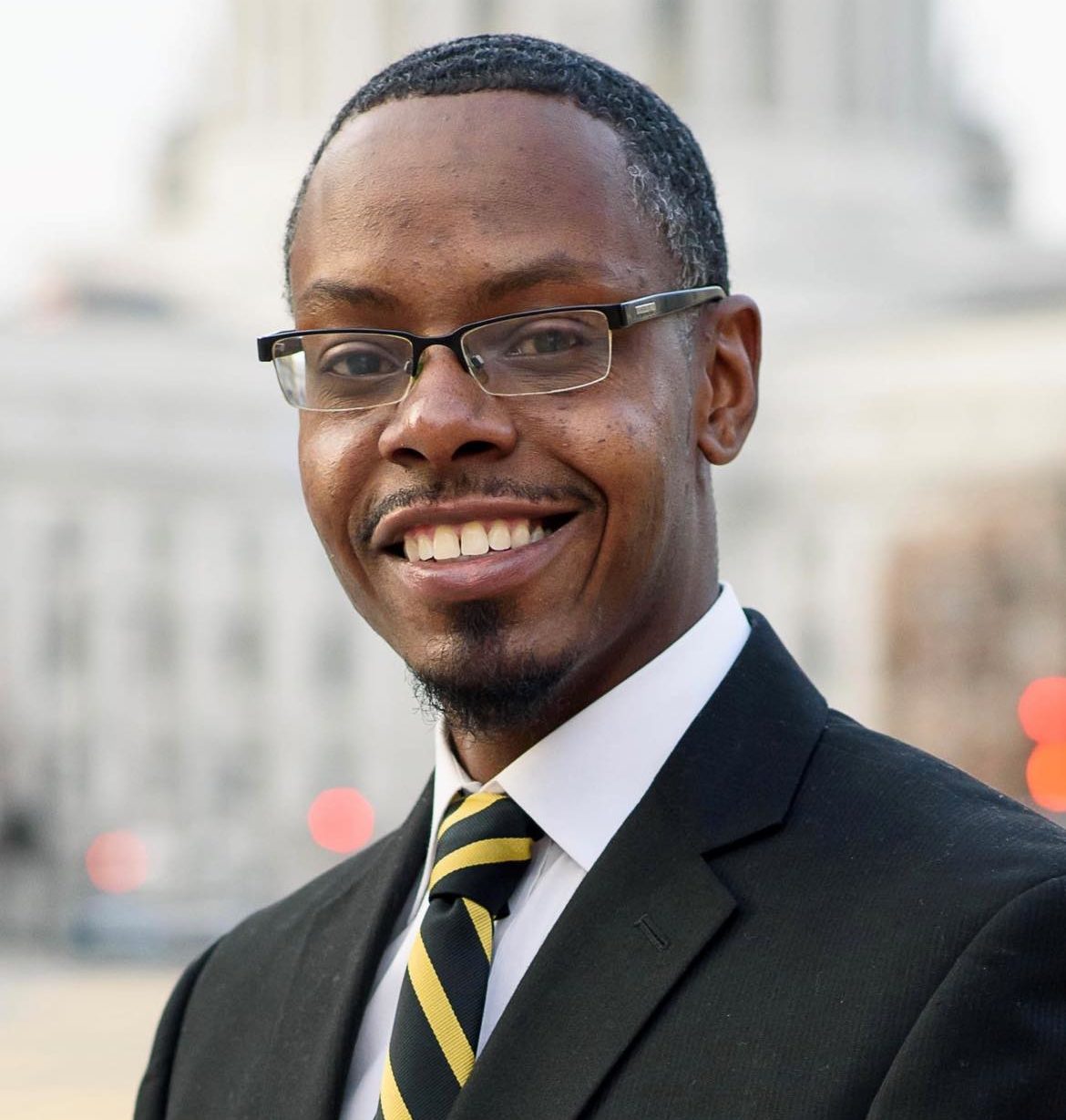
“One of the most exciting parts of my job is I get to work with some amazing engineering students on a day-to-day basis. These are really some high achieving and just outstanding students in their own right,” Derek Johnson tells Madison365. “I’ve really had a chance to build meaningful connections and relationships with students who are going to go out and change the world through engineering. So that’s what drives me every single day.”
Johnson was recently named the inaugural senior director for the Inclusion, Equity, and Diversity in Engineering Student Center at the UW-Madison College of Engineering. He officially started his new position this week. Johnson, who will have been with the College of Engineering for three years this July, had been serving as interim director.
The Inclusion, Equity, and Diversity in Engineering (IEDE) Student Center, formerly the Diversity Affairs Office, has gone through a recent restructuring process.
“I oversee our pre-college summer program, our recruitment and retention on the undergraduate side with our Leaders in Engineering Excellence and Diversity (LEED) Scholars program and then on the graduate side, our recruitment and retention program, which is called Graduate Engineering Research Scholars (GERS),” Johnson says. “So I really have a great opportunity to work with students early in high school all the way through Ph.D. Not many people are able to have the opportunity or the privilege to be able to do that.”
The IEDE Student Center offers a space and place for intercultural and cross-cultural engagement as well as opportunities for students to make meaningful connections with others. The center provides students a comfortable place to study with access to computers and printers, and a place to be their genuine and authentic selves.
Johnson, who holds a master’s degree in education and a doctorate degree in higher education leadership, says that he believes it is a privilege to be able to work with young minds and creative people who have so many different talents.
“It’s a really great opportunity to be a part of their journey, but also to be there for them to talk about things that are going on in their lives, whether it be personal things or professional things, things that happen in and out of the classroom,” he says.
He adds that he is looking forward to creating student-centered programs and services that really support students, especially students who’ve been historically underrepresented in engineering.
“That’s one of the amazing things that I feel like I have an opportunity to do is to work with a great team to support more students to ensure they have the resources that they need and have the support that they need to be successful,” Johnson says. “Being a part of those conversations and the planning and development of programs that are designed to support students is something I’m really excited about.”
Nationwide, African Americans and Latinos, especially, remain underrepresented in the science, technology, engineering and math (STEM) workforce and are less likely to earn degrees in STEM than in other degree fields as they continue to make up a lower share of STEM graduates relative to their share of the adult population. Amid longstanding efforts to increase diversity in STEM, the numbers have been getting better — but slowly.
Addressing the underrepresentation of African Americans and Latinos in STEM fields requires a multi-faceted approach that encompasses education reform, cultural change, policy adjustments, and increased representation. STEM experts like Google’s Kamau Bobb mentioned that these efforts are not only vital for promoting equity and social justice but also for ensuring that the STEM workforce reflects the diverse perspectives and talents of the entire population, which can drive progress and innovation in these fields.
“Historically, with STEM, in general, but specifically with engineering, there has been a slow increase. There’s a lot more work to be done, especially with trying to ensure that even students early in their education are learning about engineering,” Johnson says. “A lot of times we’ll hear from our students that they didn’t hear about engineering until their junior year [of high school]. I think we need to really be thinking about ways to introduce students to engineering earlier in their education.
“There’s a lot of work that needs to be done and just being mindful of some of the education gaps that still persist today. It’s still very relevant and present,” he adds. “So we need to think about how we can eliminate some of those disparities.”
Johnson says that one thing his office is in the process of doing right now is having some conversations about new programs to better support even more students.
“I think historically some of our signature programs have a limited number of students just based on capacity and resources,” Johnson says. “But we’re starting conversations now about we go about supporting more students. That’s going to be an ongoing conversation that’s going to be more long-term than anything, but we’re definitely looking at finding ways to be able to do that.
“The other piece is fully evaluating our programs to ensure that we’re meeting the needs of students and that’s going to be a priority for us in the short term because we want to make sure that what we’re doing is working and finding new opportunities to even expand on the work that we’re currently doing,” Johnson adds. “So those will definitely be priorities right now. There are definitely a lot of pieces to put together, if you will, to really make it all work. We want to be innovative and creative in our approach and the work that we do.”



